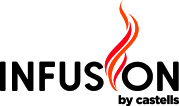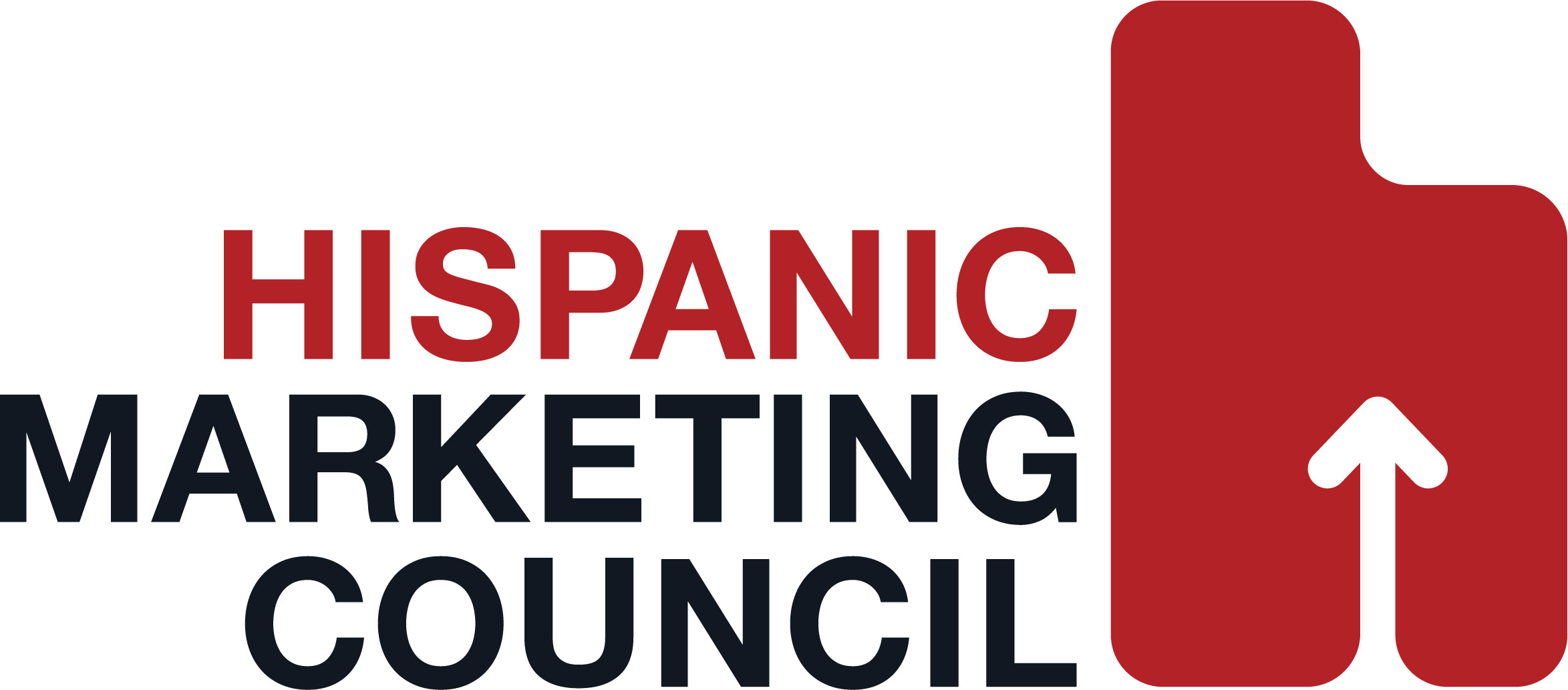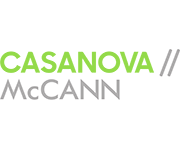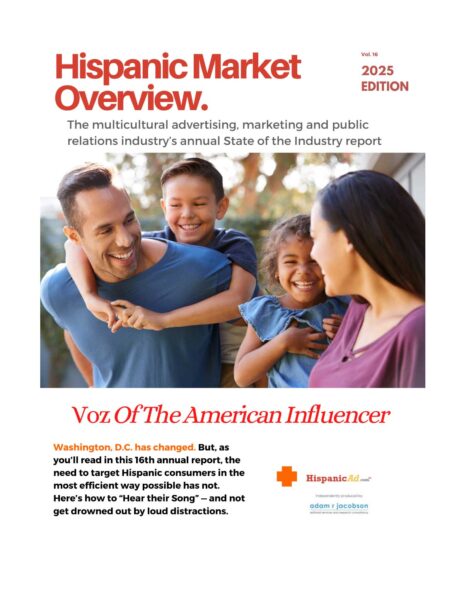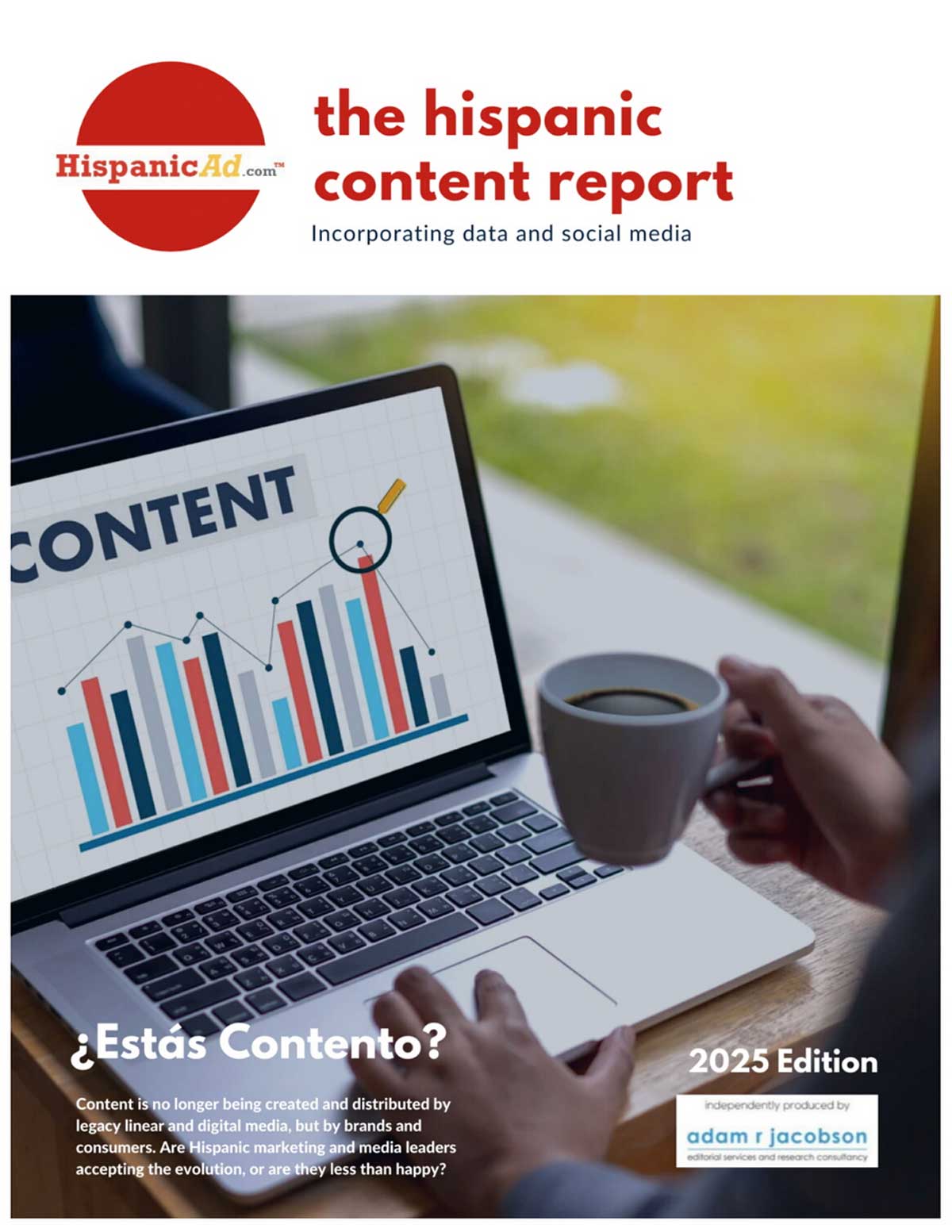Why Client Retention and Organic Growth Will Drive Agency Success in 2025
February 20, 2025

By Mark Duval – Founder, The Duval Partnership
The most powerful new business strategy for 2025 is probably not what you’d expect. While agencies continue to chase shiny new logos, the real growth engines for 2025 are closer than you think: keeping your current clients delighted and leveraging those relationships to fuel organic growth.
The Hidden Gold Mine: Client Retention
Let’s start with a simple truth that is often overlooked: it costs significantly more to win a new client than to keep an existing one. But retention isn’t just about maintaining the status quo—it’s about maintaining revenue while creating opportunities for expansion and referrals.
3 Reasons Why Retention Is Even More Valuable Now
- Protect your agency from the constant churn of short-term relationships. 78% of marketers plan to hold an agency review in 2025, according to Campaign CMO Outlook (Campaign). That means more relationships are in jeopardy, and agencies face a greater resource cost to fight for the new opportunities that open up. Having a strong retention strategy in place can shield your agency from some of this turnover.
- Long-term clients are usually more profitable. In The OUCH Factor™ Report, conducted in Australia in 2022, New Business Methodology found that the cost of an average agency’s time spent against the average value of a won pitch meant that they would not realize a profit from their newly won business until month fourteen of the engagement. Weigh that against the average length of a client-agency relationship (estimated at two to three years), and the business imperative of longer-term relationships becomes even more clear.
- The prevalence of “land and expand” as a new business strategy is rising. More agencies see the value of starting a relationship with a smaller project and using it as an on-ramp to grow the scope of work. With that relationship established, there is mutual trust, processes are in place, and the learning curve is shorter, all of which allows for greater efficiency. With luck, this path allows agencies to avoid the costs of a formal pitch process.
Organic Growth: The Natural Evolution
When you excel at retention, organic growth follows naturally. The opportunities are there for proactive agencies.
For example, clients today seek more integrated services and deeper strategic partnerships. When your agency has earned a client’s trust, you’re in the perfect position to expand into new service areas and build relationships across departments. You can also use your intimate understanding of your client’s business challenges to step into strategic planning and develop solutions before they even know they need them.
Trust Drives Expansion
Satisfied clients are more likely to share early stage opportunities and include you in strategic discussions. From there, your team can show value, thought leadership, and capabilities that lead to growth. Clients are more likely to expand the scope of work, advocate for larger budgets, and engage your agency for additional services when they see you as a trusted partner.
Building a Retention-First Culture
To capitalize on these growth opportunities, agencies need to shift their focus to retention. Here’s how:
Invest in Client Success
Put processes in place to systematize client success across your agency. Consider dedicated client success teams to focus on relationship-building and problem solving. Task specific individuals with monitoring industry news and trends to identify emerging opportunities. Regularly hold internal strategy reviews to align on goals. And always track on KPIs to understand and communicate the ROI you bring to your client.
Find More Ways to Deliver Value
Aside from identifying opportunities to expand scope across more of your service offerings, consider presenting those services in ways that highlight added value, such as via integrated service packages. You might even build out new capabilities based on client feedback or develop new strategic consulting offerings.
Agencies can also stay ahead of client needs by investing in emerging technologies and keeping their team trained on new platforms and methodologies that are valuable for clients.
The Organic Growth Playbook
Once you’ve mastered retention, here’s how to activate organic growth:
Map Client Organizations
Understanding your clients’ full organizational structure can reveal opportunities for expansion. You want to look for adjacent departments and brands that could benefit from your services and budget holders you haven’t yet connected with. Also, think about upcoming initiatives that align with your capabilities or problems that you can solve. Who should you speak with to share your ideas and let them know you can help?
Create Value-Add Programs
Invest in new initiatives that showcase your agency’s unique value and strategic insight. For example, you might provide your client with early access to new services or technologies, provide training sessions to their in-house teams, or deliver a new trends and insight report, translating what it means for their business. Or host a quarterly innovation workshop or cross-client networking event. Which of these could your agency implement?
Don’t write these off as scope creep. The difference is, it’s work that generates positive attention, versus doing 10 extra hours of unbilled work on an ongoing project. Think of it as an investment cost like others associated with new business and revenue-generating activities.
Measuring Success
To ensure your retention and organic growth strategy is working, track KPIs like client satisfaction scores, YoY client growth, client profitability trends, service expansion rates, and referral sources. Where is your growth coming from? What needs more work?
The Role of New Business in 2025
Just because client retention and organic growth are taking on more importance, that doesn’t mean you should abandon other new business efforts. Instead, make them more targeted and strategic.
Focus on prospects that align with your best current clients, where you have a clear “right to win” based on demonstrated value and deep expertise. Also, look for opportunities that complement your existing client base.
When you reach out to new prospects after having mastered client retention and organic growth, the length of your relationships and client testimonials will be a key differentiator, sending a powerful signal of trustworthiness and credibility.
And don’t forget about cultivating referrals with warm connections. As your client contacts move to new roles or companies, they often bring their trusted agency relationships with them. This creates a network effect that can lead to new business opportunities without the cost and uncertainty of traditional pitches. To leverage this potent source of new business, nurture these warm connections to remain top of mind and seek consideration.
Looking Ahead
As we move through 2025, agencies that master the art of retention and organic growth will have a significant advantage. They’ll enjoy:
- More stable revenue
- Increased profitability
- Deeper client relationships
- Better resource utilization
- Stronger competitive positioning
The key is to shift from viewing new business as primarily about winning new logos to seeing it as a holistic growth strategy that starts with your current clients. By investing in retention and nurturing organic growth opportunities, you’re not just building a stronger agency—you’re creating a more sustainable and profitable business model for the future.















